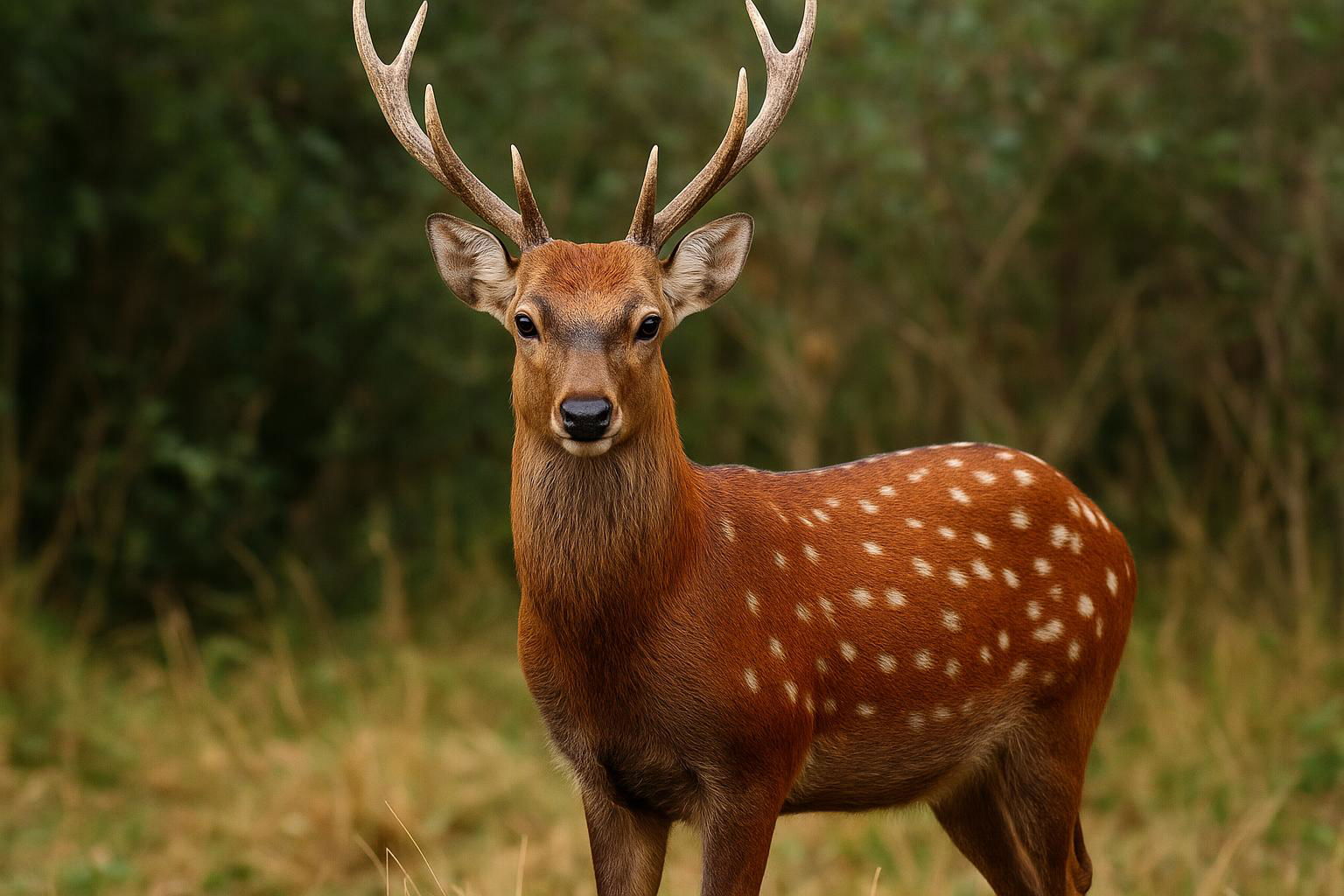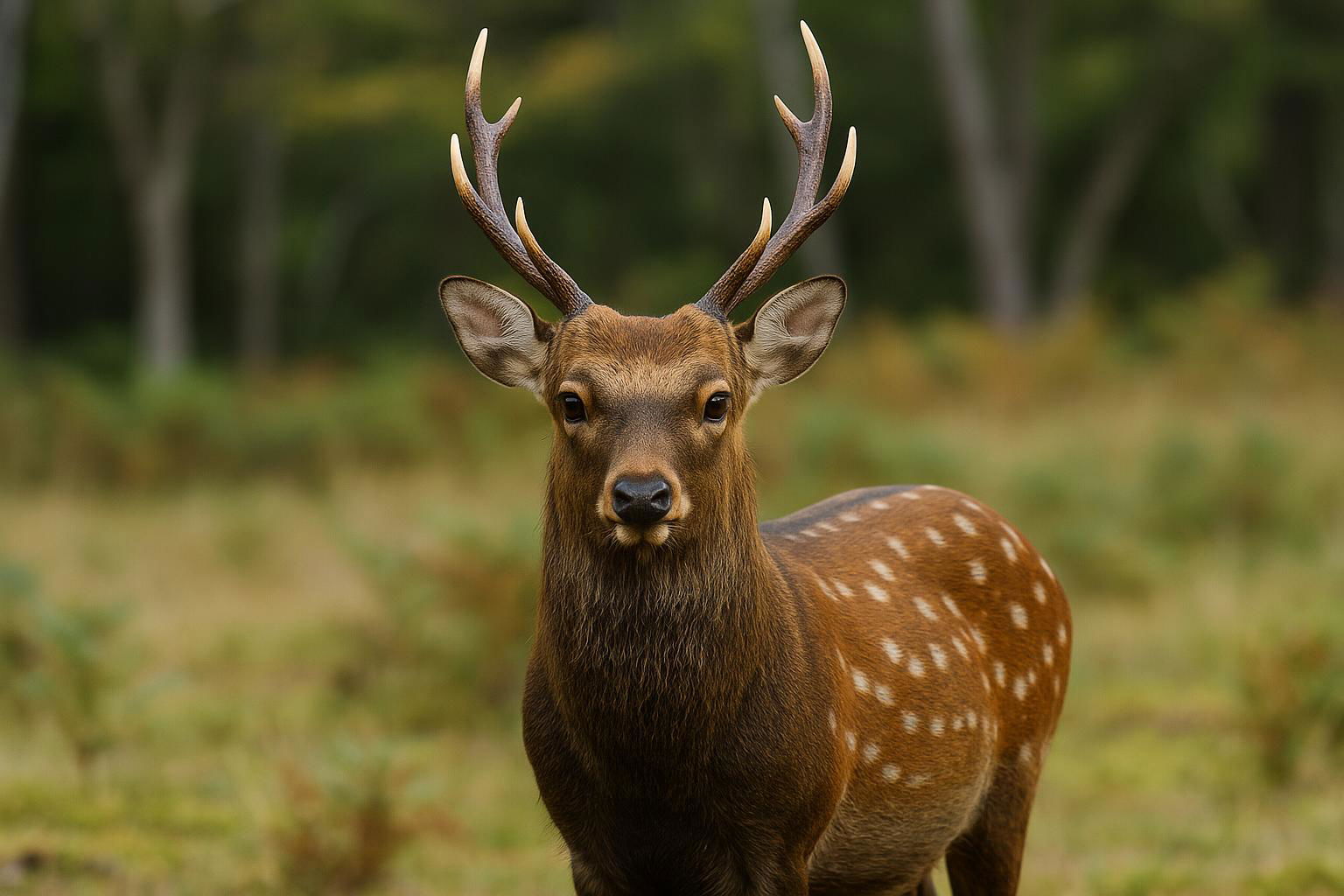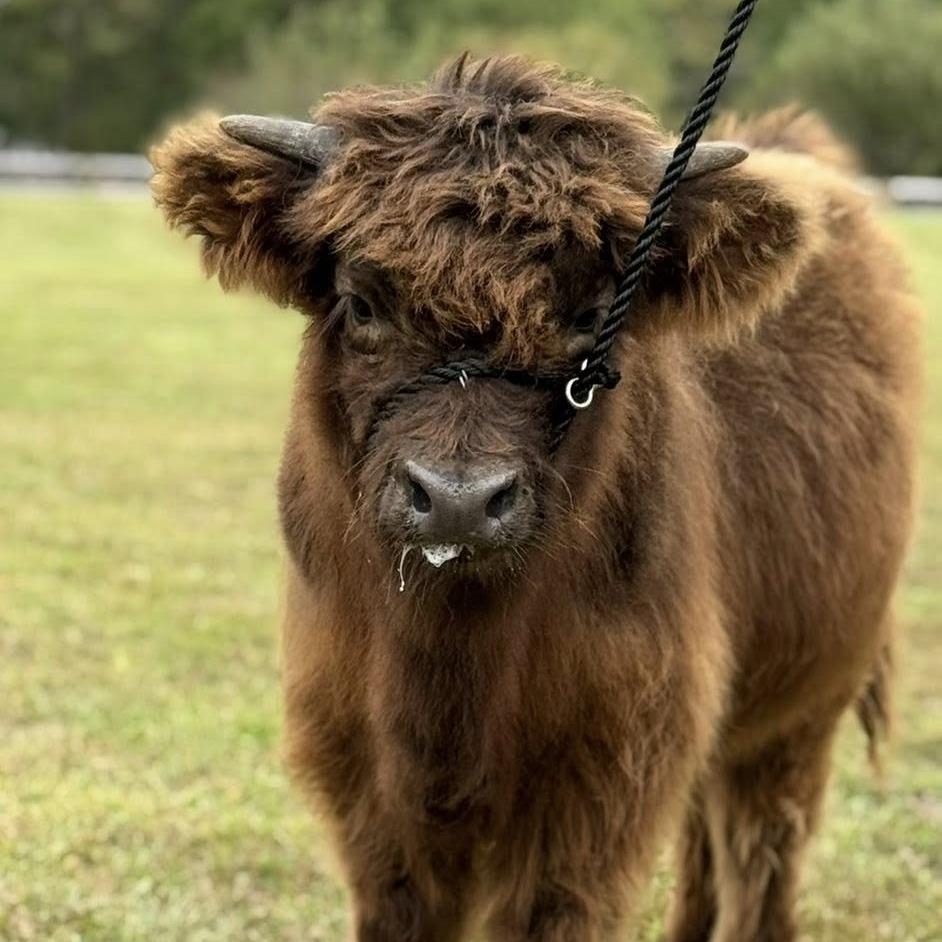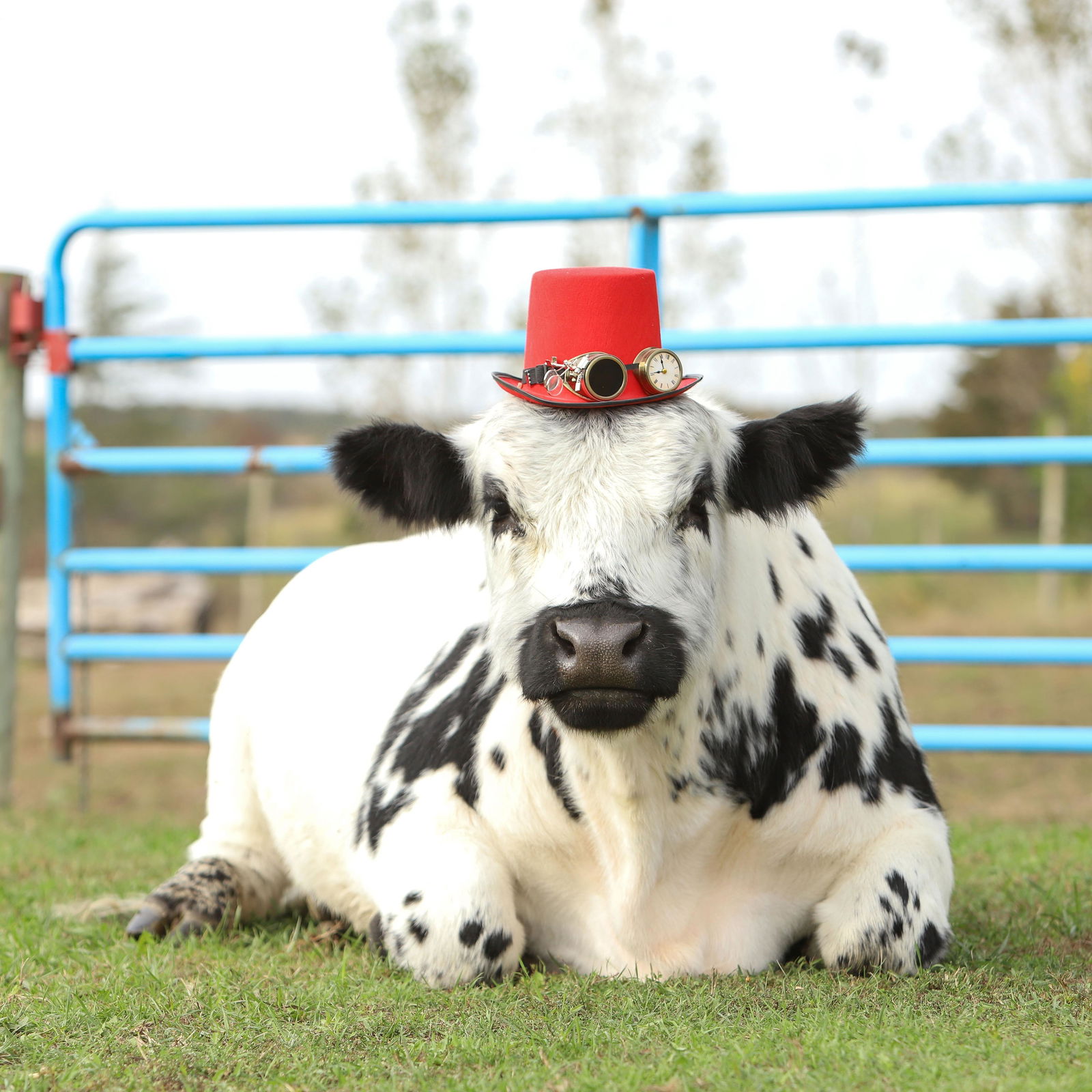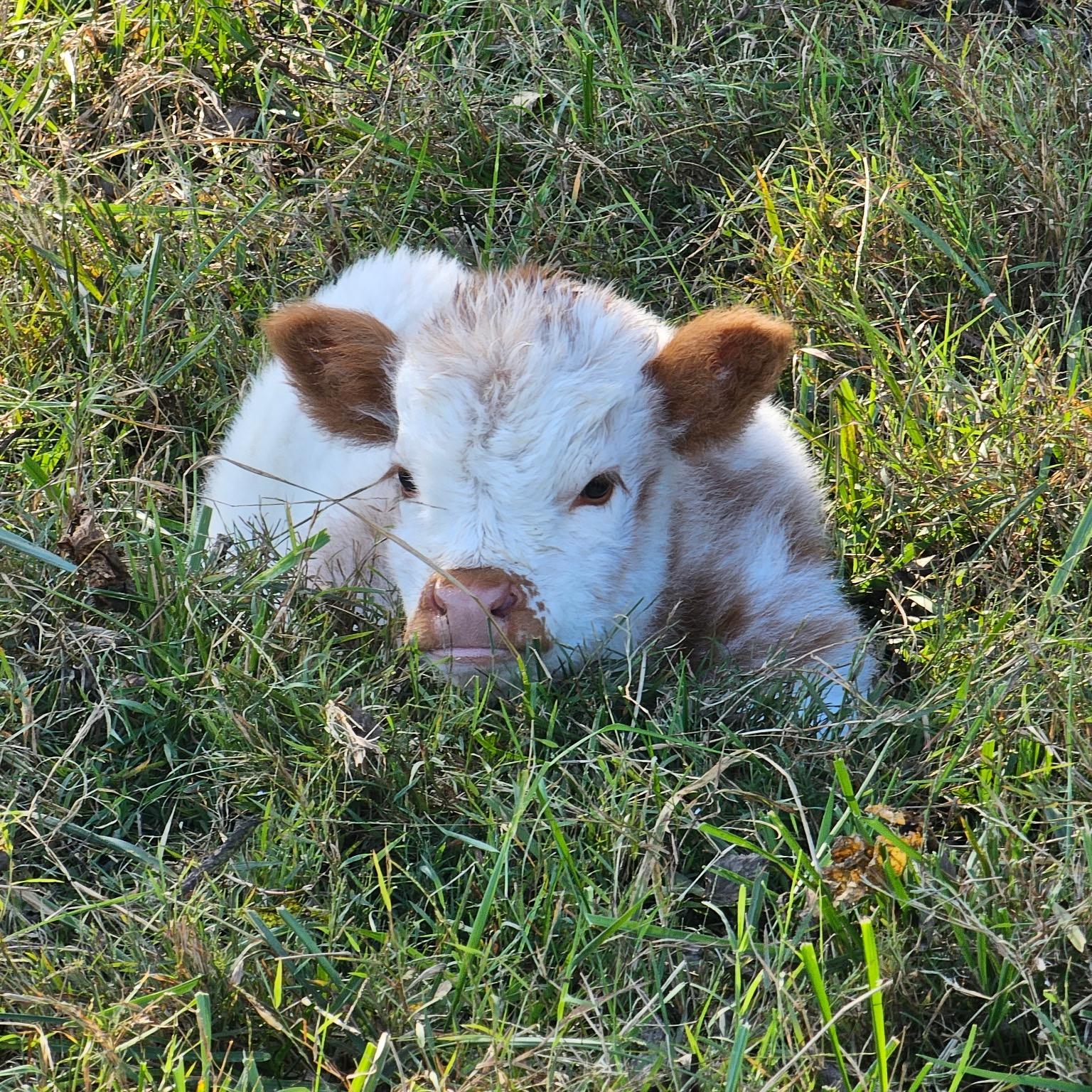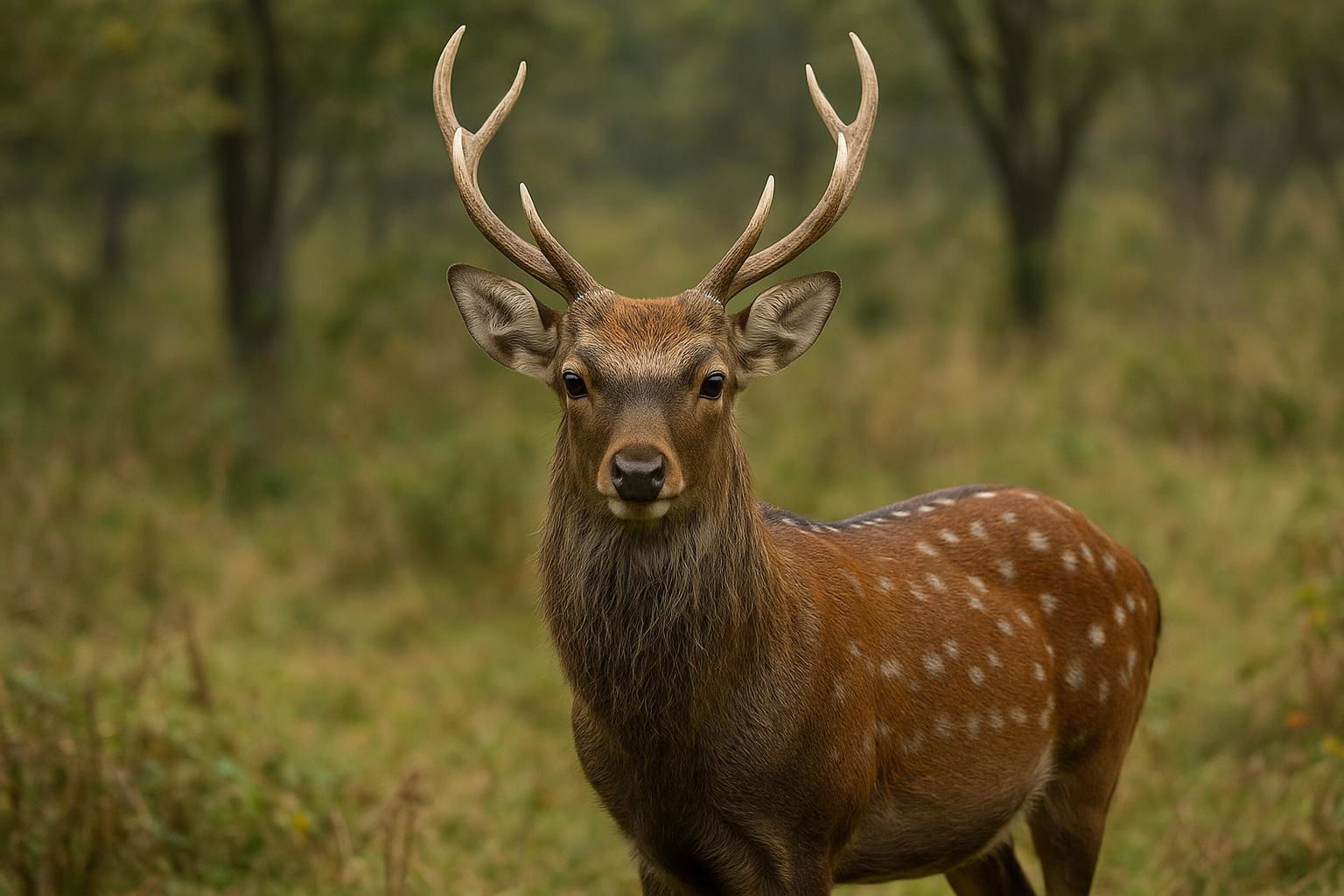
Sika Deer
Cervus nippon
The Sika Deer (Cervus nippon) is a medium-sized cervid native to East Asia, with distinct and varied populations found in countries like Japan, China, and Korea. These deer are recognized for their striking appearance, featuring a reddish-brown coat with white spots—a coloration that can change with the seasons, becoming darker in winter. The males, or stags, are particularly notable for their antlers, which they shed and regrow annually, often characterized by a unique branching pattern.
Sika Deer are highly adaptable and are known to inhabit a range of environments from dense forests to open grasslands. They are predominantly browsers, feeding on a mixed diet of leaves, grasses, and twigs, and are particularly fond of foraging for acorns and chestnuts in the fall.
Social behavior in Sika Deer varies; they can be found in solitary settings, especially during certain times of the year, or in herds, particularly during the mating season known as the rut, when males compete vocally and physically for mating rights. The species is valued both for its aesthetic beauty and ecological role, although some populations outside their native range, such as those introduced to Europe and North America, have become invasive, impacting local ecosystems and agriculture. Despite this, the Sika Deer remains a charismatic species and an integral part of its native landscapes and cultural heritage.

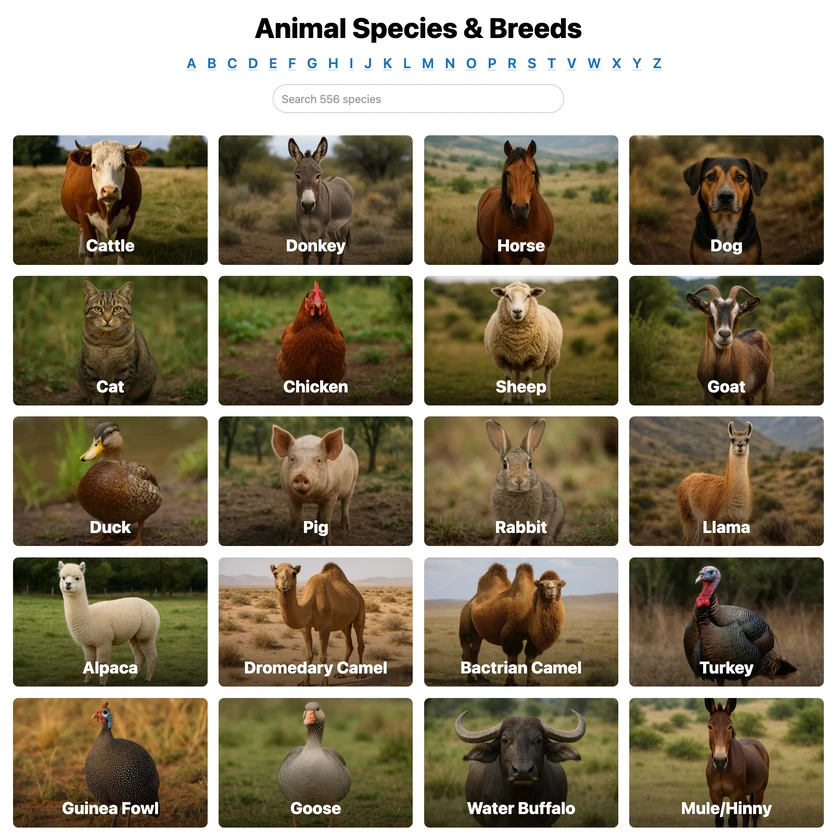 All Species & Breeds
All Species & Breeds
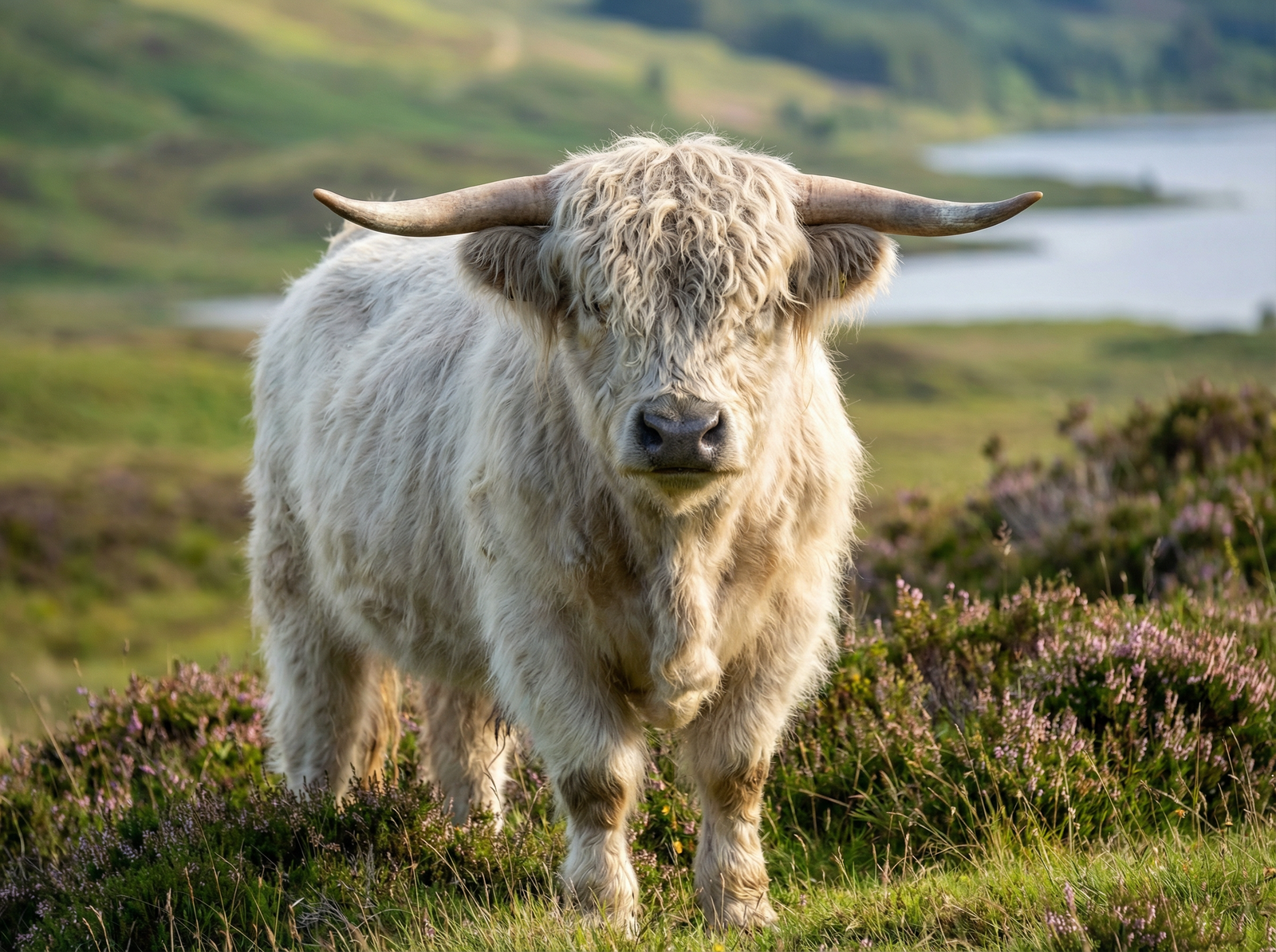 Highland Cattle
Highland Cattle
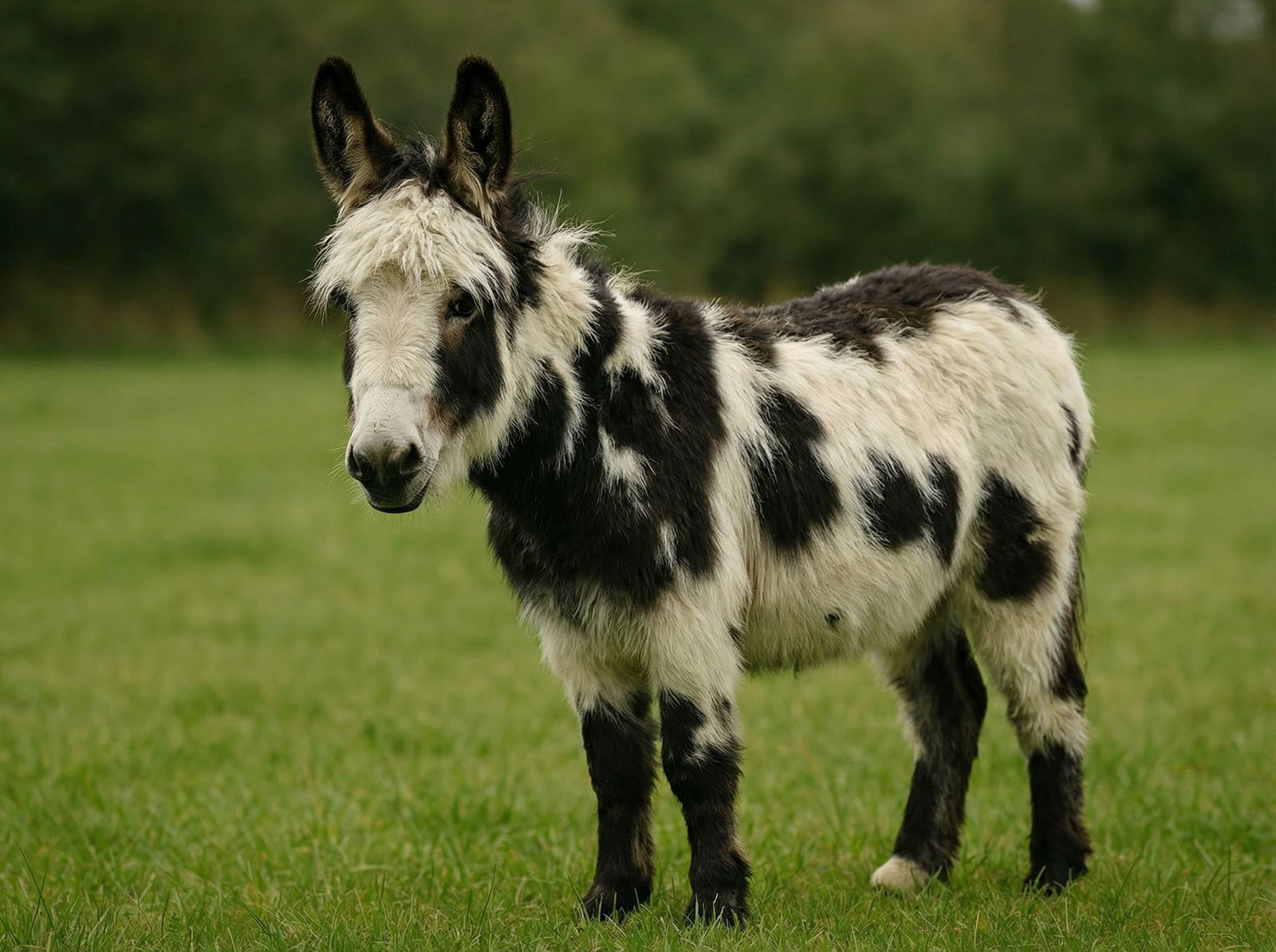 Miniature Donkeys
Miniature Donkeys
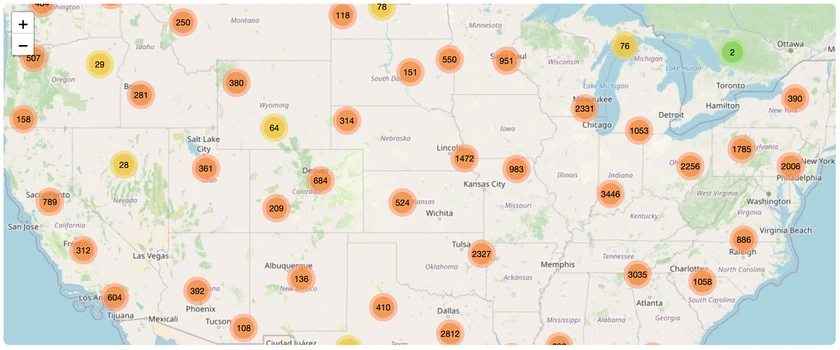 All Species Directory
All Species Directory
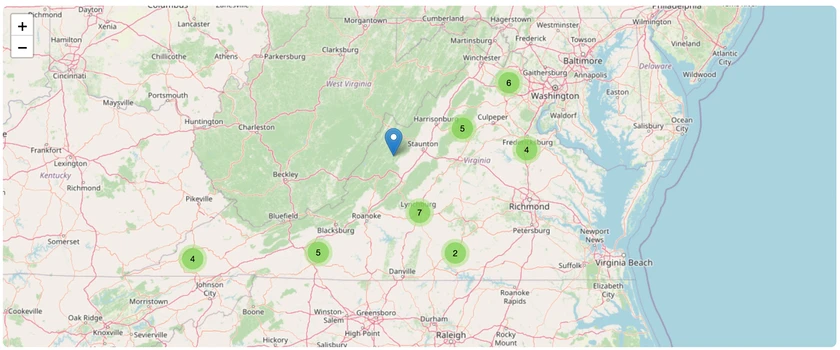 Highland Cattle in Virginia
Highland Cattle in Virginia
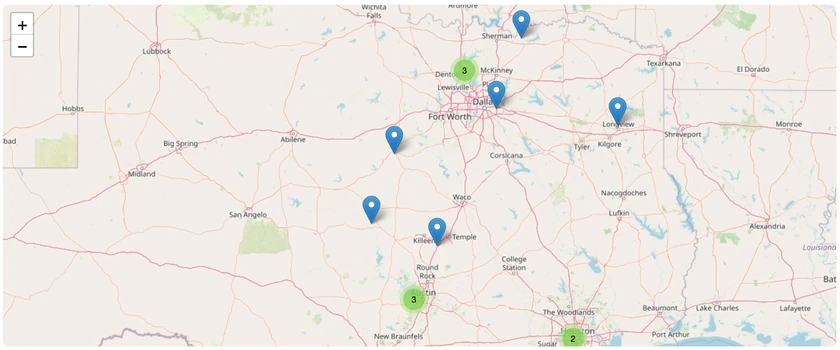 Miniature Donkeys in Texas
Miniature Donkeys in Texas
